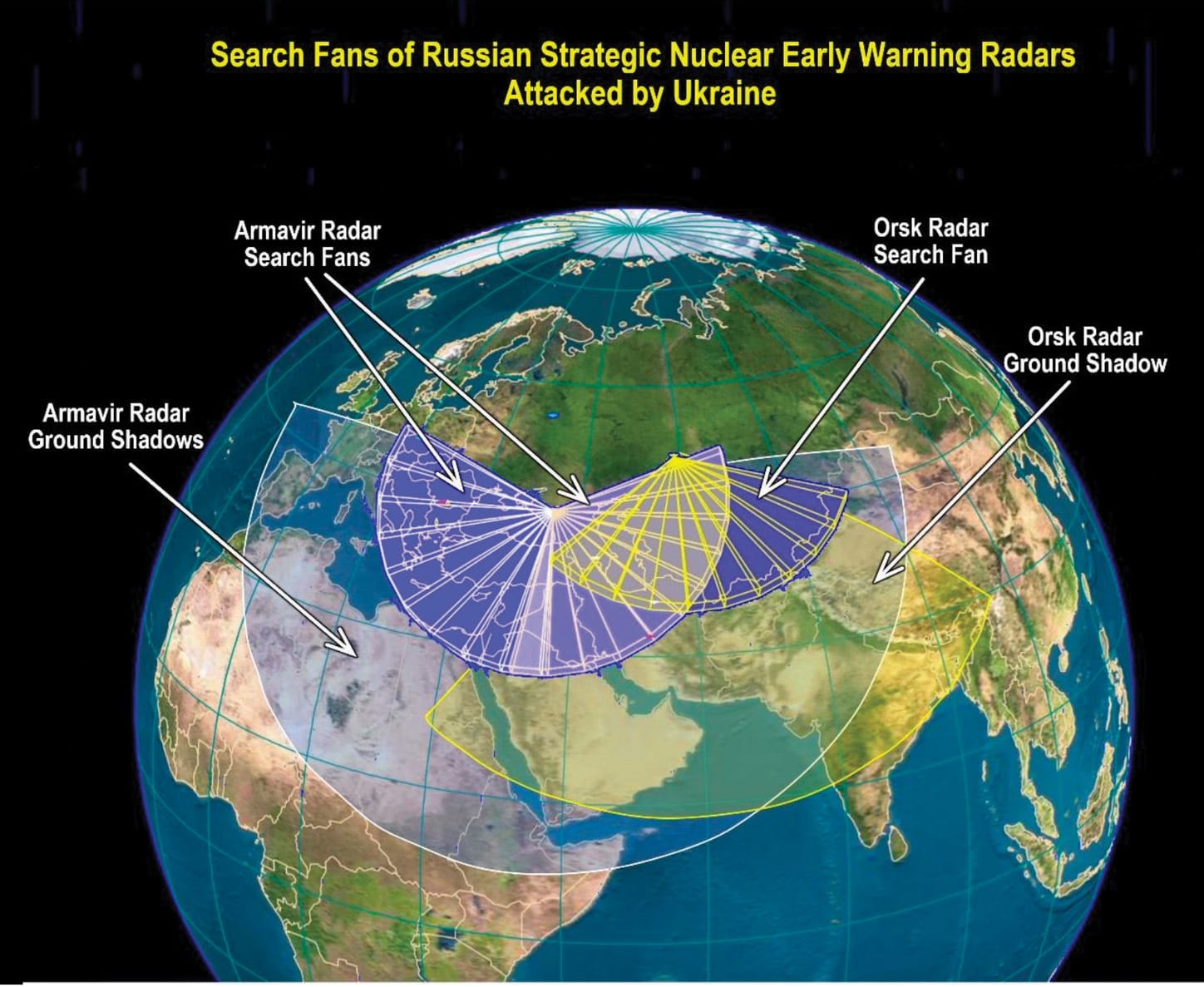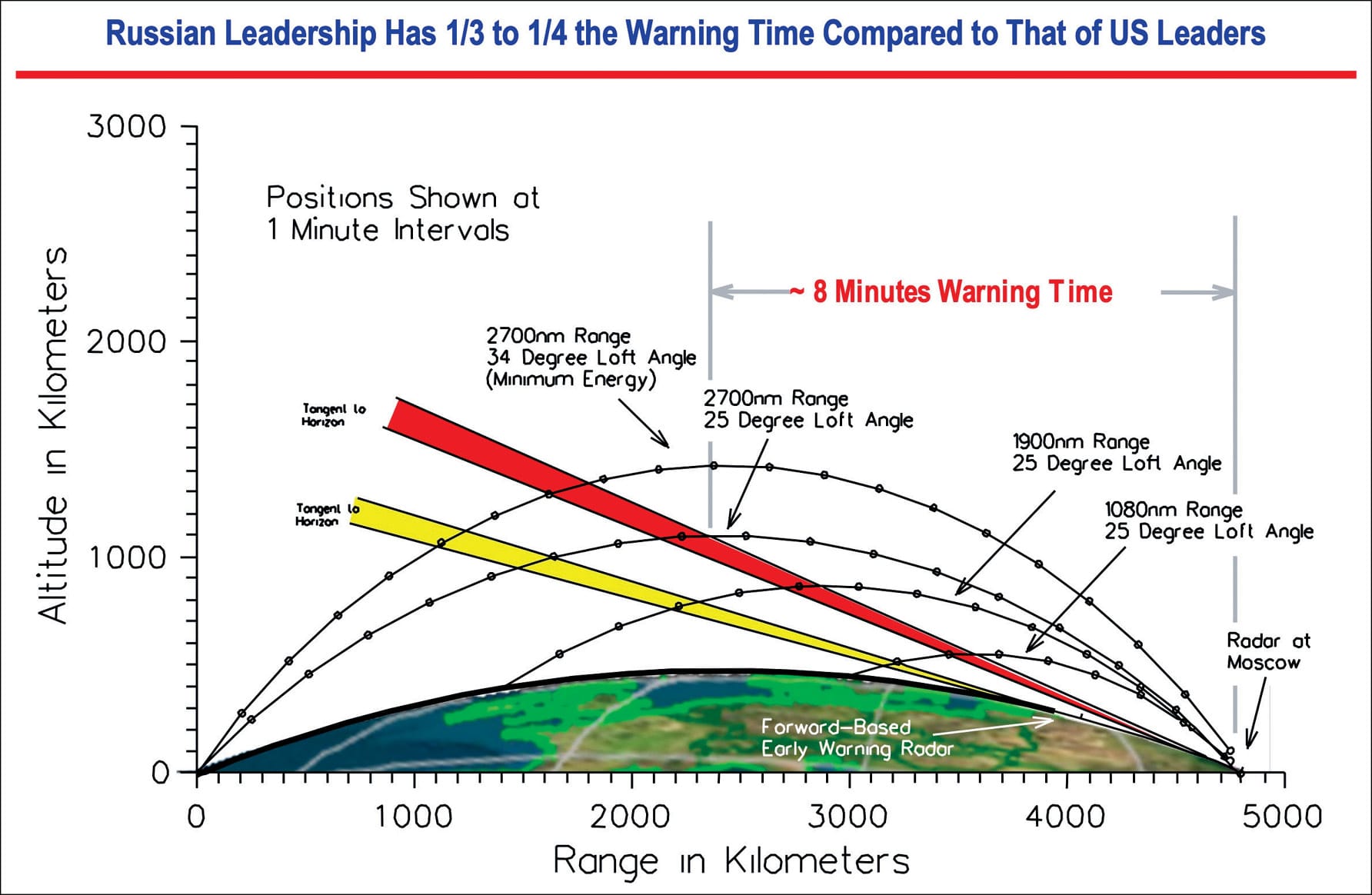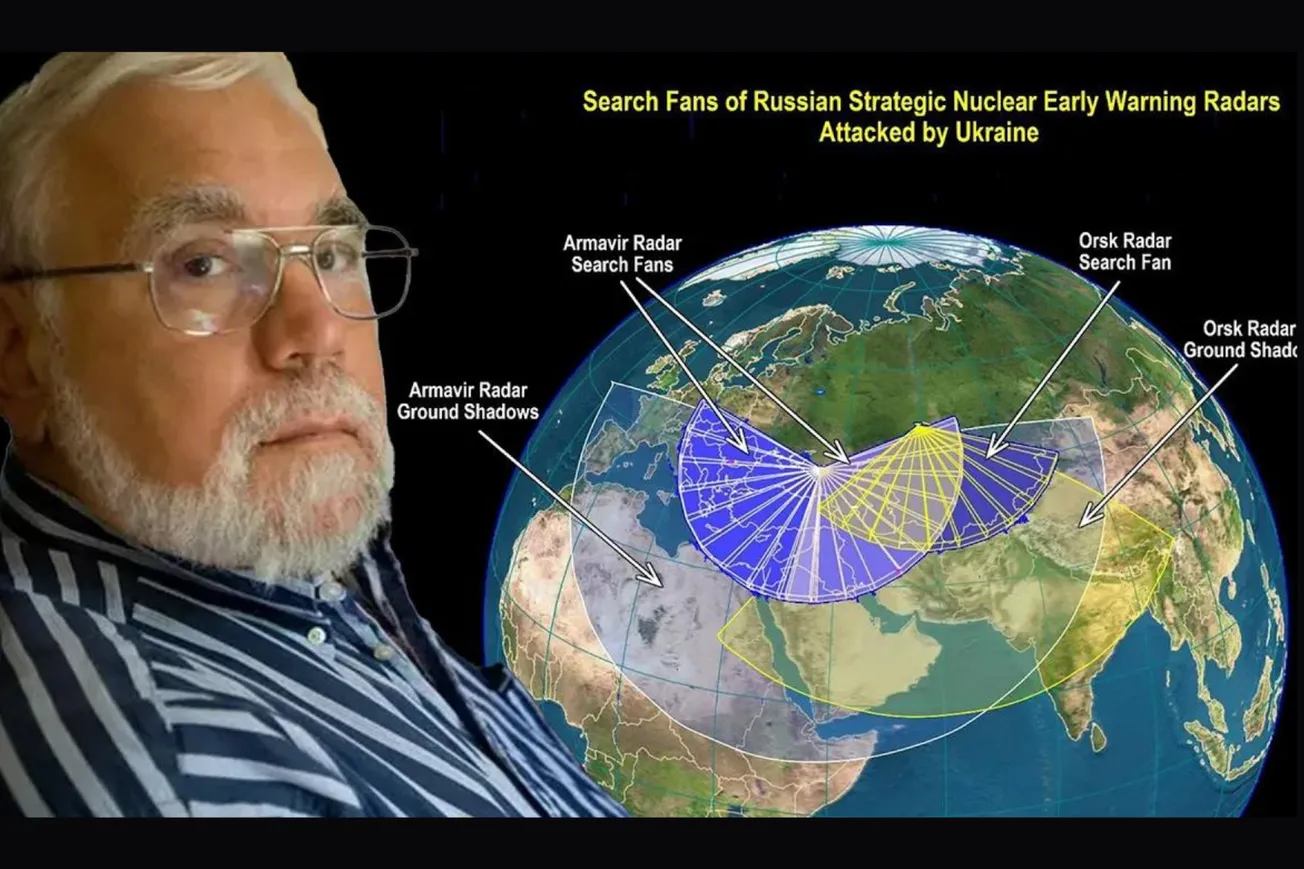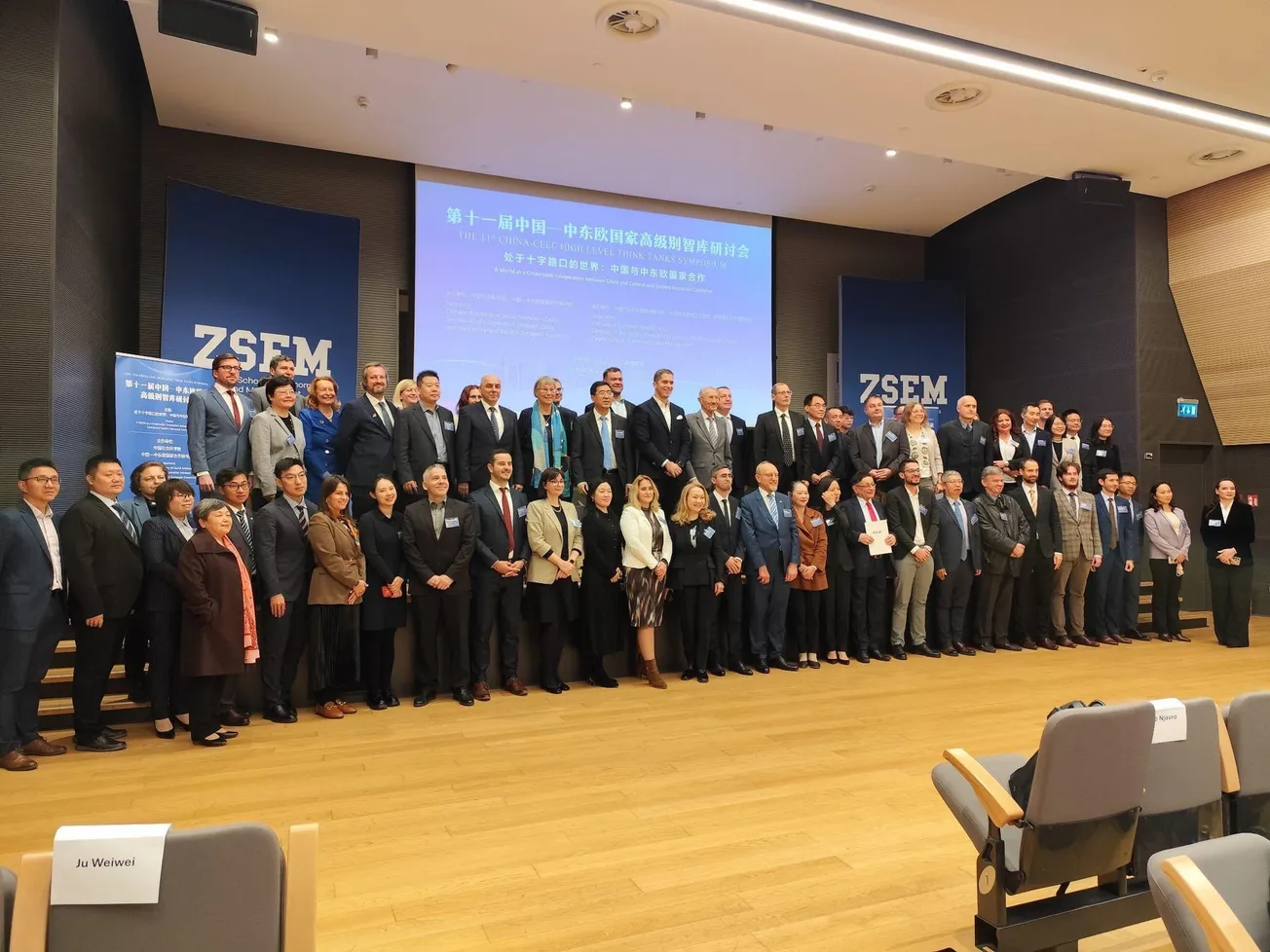By Dr. Theodore Postol
Dr. Theodore Postol gave this brief summary analysis to the May 31 International Peace Coalition (IPC) meeting, of the grave consequences of repeated drone attacks, launched from Ukraine in April and May, against Russia’s system of strategic early-warning radars. He also replied to a comment from Helga Zepp-LaRouche, founder of the IPC.
Dr. Postol is MIT Professor Emeritus of Science, Technology, and National Security.
Dr. Postol: Thank you very much. I’ll try to be, of course, brief. I understand there are a lot of other people discussing things. But at the same time, I’d like to provide you with some very basic information, that will help you visualize the situation with regard to the early warning problem.
As Helga [Zepp-LaRouche] pointed out, the early warning radars at Armavir and Orsk were attacked by Ukrainian drones. It does not appear that the Orsk radar suffered significant damage, at least as far as we can tell. But the Armavir radars—and there are two of them there—did suffer significant damage. Hopefully the damage can be repaired quickly, so those radars can be brought back into operation.
Now, if the United States had lost an early warning radar that performs the function that the radars at Armavir perform, we in the United States would be able to look down from space with satellites we have, and we could see if there were missiles being launched from anywhere in the world, that would be taking advantage of the radar being lost at that moment.
Unfortunately, the Russians do not have such capability. There’s a long and detailed story about how I discovered this; it’s been reconfirmed many times. And unfortunately, it has not yet changed, although there is some indication that, possibly, it will be changing in the next few years, there will be finally some satellites launched that may be able to do the job. We don’t know enough about them yet, but we do know that they are supposed to go into what [are] called geosynchronous orbits. If they are designed to look down—which we are not yet sure of—then the Russians will have this capability, and the whole world will be much safer. I want to underscore that the lack of the Russian capability in this area jeopardizes the security of the whole world.

The radars at Armavir—there are two radars; first slide, please [Figure 1]. The two radars at Armavir—the slide I’m showing you shows the radar fans of three radars.
There are two radar fans on the left side of your screen that are overlapping slightly at the middle. Those are the radars at Armavir. Each can look into an azimuth of about 120°; so between the two radars, you can cover an azimuth of about 240°. To the right is the radar fan at Orsk, and that’s also a 120° fan.
As you can see, there is what I call a “ground shadow” underlying the radar fans. That simply shows you where, on the Earth’s surface, if a rocket is launched against, for example, Moscow, it would break [into] the radar fan. Keep in mind that the radar fans in some locations are hundreds of kilometers above the location on the Earth that I call the ground shadow. So, it will take [the rockets] time to climb to an altitude where they break into the surveillance band of those radars.
If you had satellites in space—let’s concentrate for the moment on the Indian Ocean—those satellites could tell essentially immediately, if they were looking down, they could tell essentially immediately that something was launched [from the Indian Ocean targetting] Moscow, if the Russians had this satellite. They don’t have this capability, so the best they can do is start seeing objects once they rise into the radar fan of the radars.
The distance shown in the radar fans is simply to make the graphics easier to understand. They’re actually longer-range than the fans that are shown here.

If we look at the next slide [Figure 2], you can get a sense of the timelines that the radars give. So, for example, if you look at the radar fan that is colored yellow, and then you look at the trajectories—these are real trajectories; they’re calculated according to laws of physics—you could see that points are at one-minute intervals.
So, if you look at the far left side [of the second slide], you can see [that] one, two, three, four, five, to six minutes after launch, you would begin to travel through the radar fan that is forward of Moscow. This particular radar fan is placed about 1,000 km forward of Moscow. It’s not exact, relative to the fans at Armavir and Orsk, but it generally is good enough for illustrating the issues.
So, if you had the satellites in space, you could see the launch of the missile essentially at the left origin of the graph, because you could immediately tell—from looking down from space—that you could see the bright exhaust plume of the rocket. And you would know, for five or six minutes before the radar fan picked up the incoming missiles, that you were under attack. And that’s important: Five or six minutes is a very short time.
Now, in the case of losing these radar fans, I’ve shown a second radar fan that’s colored red. Those are fans that come from radars that are actually in Moscow: very big, long-range radars that are in Moscow itself. So, you can see, that two or three minutes after the forward radar fans—let’s say, at Armavir—would see an incoming set of rockets attacking, you would then see them from the radars in Moscow. Of course, if the yellow radar fan is not there, because the radar is not operating, then the decision-making time or the warning time is compressed by two or three minutes.
Keep in mind that when an object enters this radar fan that I’ve depicted on this screen, it takes some time—perhaps a second or two—for the radar to collect enough energy to detect the incoming rockets. Then it takes another few seconds for it to track the object long enough, that it can draw a straight line through the different points, and then estimate where the object is going—that it is, in fact, going to Moscow in this case. So, time is consumed in every step of the operation.

If I could show you the third slide [Figure 3]: I’ve just put together a notional time for the amount of time left for decision-making that is required by decision-makers.
So, for example, in the top row, I say “time for attacking missiles to rise over the horizon into the line of sight of the early warning radar might take a minute”; it might take you that long. It might take another minute to just characterize that the targets are missiles coming in, know what they are—so, two minutes are consumed there. A “military and civil command conference,” let’s ignore that for the moment, because that’s an American process. The Russians will have their own system.
“Time for command and unit elements of the silo-based forces to react to a launch order,” two to four minutes; that again, is a number for an American system. “Time for missile crews to go through full launch procedure,” one to three minutes; that’s going to be the same for Russians and Americans. And then, we have “time for the missiles to launch from their silos.” They have to get far enough away from their silos—and it takes a minute or two—because if warheads are detonating on the ICBM silo fields, the blast waves from those warheads, even though they’re relatively low-pressure, … the ICBMs will be destroyed. So, they have to be flying out, they have to get out of the air atmosphere above the silo fields.
These are timelines that the Russians will certainly have in mind. So, if you have five minutes consumed—and it’s much more likely to be seven or eight minutes—the timelines can be easily no more than seven or eight minutes, if they’re using only the radars in Moscow. This means that the Russian political leadership might have less than a few minutes to make a decision on whether or not to launch their forces.
We don’t know what the Russians—lots of people claim to know, but I don’t know and I know other people don’t know what they claim to know—we really don’t know what the Russians have chosen to do to deal with this situation. It’s very likely that the Russians have made plans to assure that the launch of their missiles occurs by one means or another. This could mean what was called “pre-delegated authority.” So, under certain conditions—and those conditions are determined by human decision-makers and circumstances—these launches could be done in an automated fashion.
So, the loss of two or three minutes in the warning system is very serious and very critical. This is not something that should be taken lightly.
Now, I don’t want to take too much time on this. We have some very knowledgeable military people like Colonel [Richard] Black speaking, and others. So, I will not take any more time here, although I am very happy to talk more in detail about the military issues, if there’s a role for me to play here. But I prefer that the military experts talk, although I can add important technical details if people would like to hear about them. And we’ll leave it for the Q&A period and discussion. Thank you.
Helga Zepp-LaRouche: I think it’s extremely important that you provide this information, because the flabbergasting question is, how can politicians play with something which—I’m sure that many European leaders know about that, but they still do the things which bring on the potential catastrophe? So, if you can provide us with any help to wake up those decision-makers, it would be extremely helpful.
Dr. Postol: Yes, let me just add one very, very important point. You should not assume that the political decision-makers understand this serious problem with the Russian early warning system. It has been my experience, with people in the White House, that they do not know about these details. They are almost completely focused on politics, and they typically have limited technical training.
There’s a real problem between the intelligence community, and communicating with people at the highest levels in the White House. Every time there’s a change of administration or people change their jobs, anything that someone might have actually learned in their office gets lost. I’m quite sure this is the situation in Europe as well.
So, you should not assume that these supposedly wise and well-informed people actually know anything about this. This is an extremely important point that I emphasize with the strongest concern.








